Navigating cancer is never simple, but for a BIPOC woman the challenges go far beyond the disease itself.
Bias, stereotypes, and systemic inequities often shape the quality of care we receive, forcing us to prepare for every appointment as if our lives depend on it, because sometimes, they do.
The Unspoken Rule Growing Up
Make sure you look presentable, especially before visiting a doctor.
Even with a sky-high fever or severe pain, we were expected to be clean, put together, and respectable.
Hair brushed. Clothes pressed. A fresh face, no matter how sick we felt.
It may sound extreme, but for many of us, it was not just about appearance.
It was about survival.
We were taught that there was a different standard for us.
Looking unkempt, emotional, or even slightly disheveled could be used against us.
We might be judged. Dismissed. Labeled.
There were people who could show up as they were and still be treated with compassion.
Then there was me, someone who had to overcompensate just to be seen as worthy of basic care.
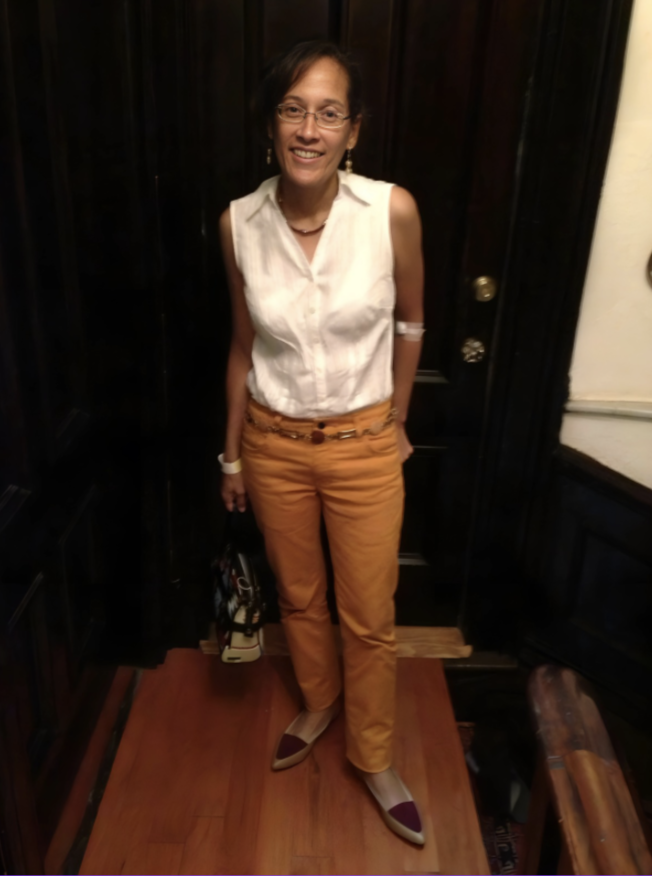
Carrying Those Lessons into Cancer Care
Those childhood lessons stayed with me.
Even years later, while enduring the harsh side effects of chemotherapy, I found myself clinging to them.
One afternoon, when I was so sick I could barely stand, I still forced myself to bathe and dress “appropriately” before going to urgent care.
Not because I wanted to, but because I felt I had to.
I knew that looking disheveled could mean being treated as less than. I could not take that chance.
Unconscious bias in healthcare can directly impact the quality of care patients receive, often shaping how symptoms are interpreted and treated.
For those of us who live at the intersection of gender, race, and illness, that reality is impossible to ignore.
Being a Woman in the Medical System
Being a woman in the medical system already carries weight.
We are more likely to be dismissed, misdiagnosed, or told it is “all in our heads” compared to men.
It confirms what so many women already know from experience, that we often wait longer for relief and have to fight harder to be believed.
When you add being Black, Indigenous, or a person of color, the bias compounds. The outcomes worsen. The stakes become even higher.
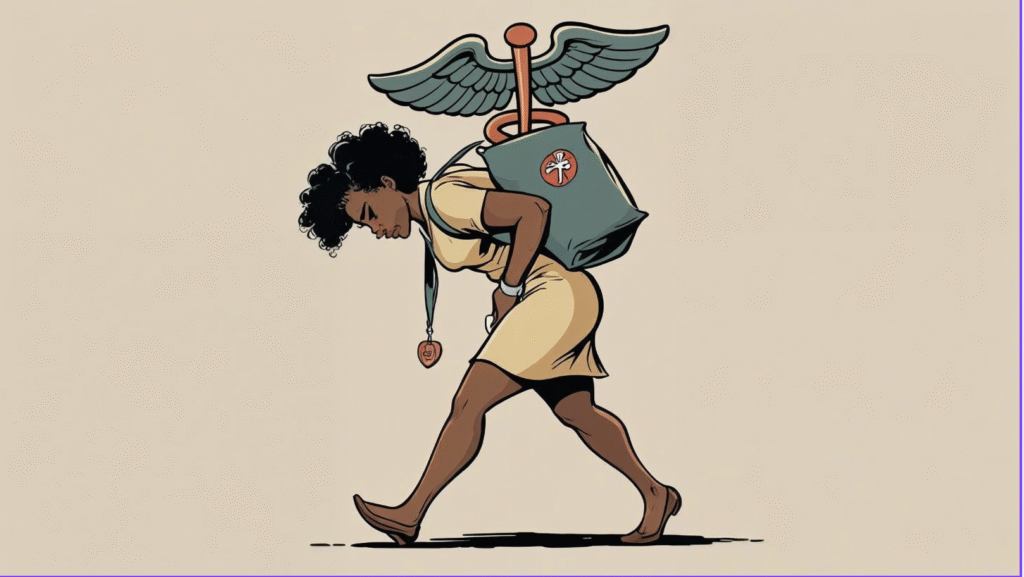
The Added Weight for BIPOC Women Facing Cancer
Cancer is brutal on its own.
For BIPOC women, there is an additional burden that is harder to see.
We carry the fear of being misunderstood or mislabeled, of being told we are exaggerating, or of being accused of seeking drugs rather than help.
As reported on Cancer.org, Black women face higher cancer incidence rates than White women across most major cancer types and are also less likely to be diagnosed at an early stage, resulting in poorer outcomes.
Those numbers are more than statistics to us; they are a reflection of the lived reality we have to navigate.
These realities are at the heart of my upcoming book, where I share my own story of survival and systemic inequities.
Why I Speak Out
That is why I write.
That is why I speak this truth out loud.
Naming it gives me back some power. Silence helps no one.
I also know I am not alone.
The Institute of Medicine released a landmark report titled Unequal Treatment, which outlines how racial and ethnic disparities in healthcare persist.
I have lived those disparities, and I will keep telling these stories until they are not just acknowledged but dismantled.
Through my speaking engagements, I continue these conversations with communities, healthcare providers, and organizations seeking change.
“Medical racism kills.
It must be seen, acknowledged, and addressed, one story at a time.”
– Dr. Yvette Colón
If you’d like to see how these personal experiences connect to the bigger picture, I share more in Why Health Equity Is More Than Just a Buzzword. You can find it here.
Don’t Miss Out!
To get future posts on survivorship and advocacy delivered straight to your inbox, subscribe to my blog today.
Discover more from Dr. Yvette Colón
Subscribe to get the latest posts sent to your email.
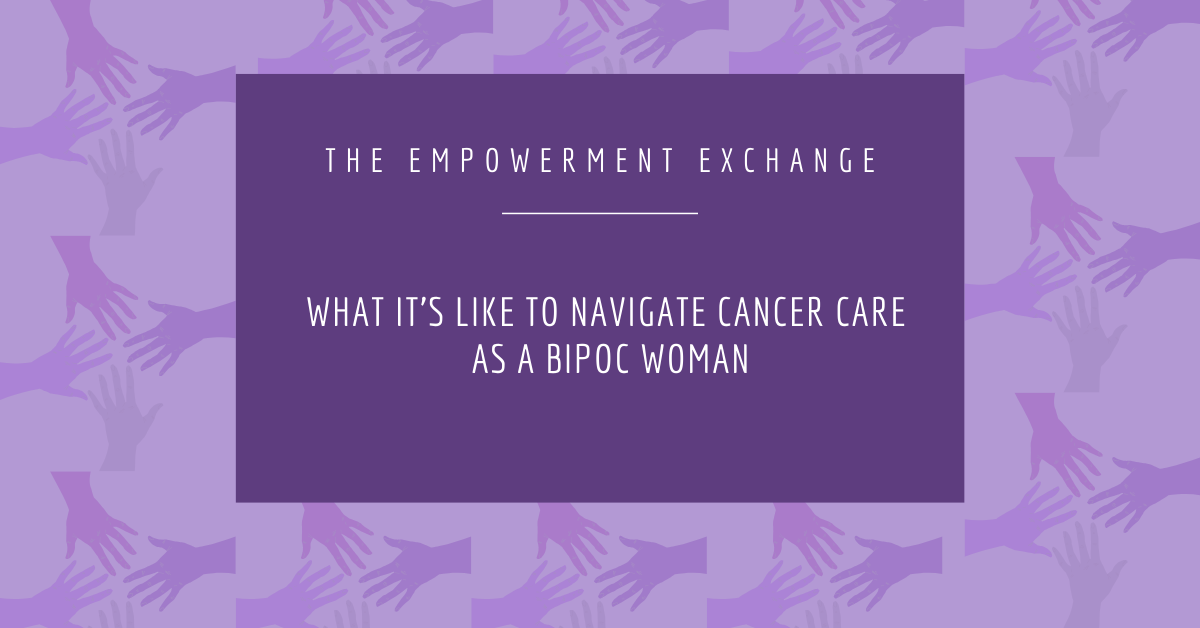
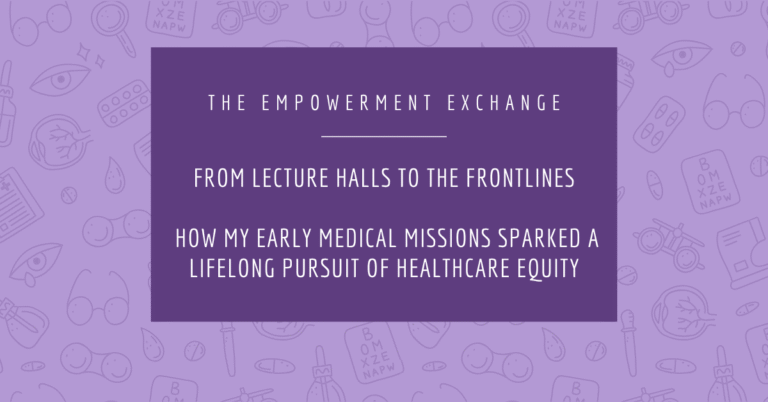
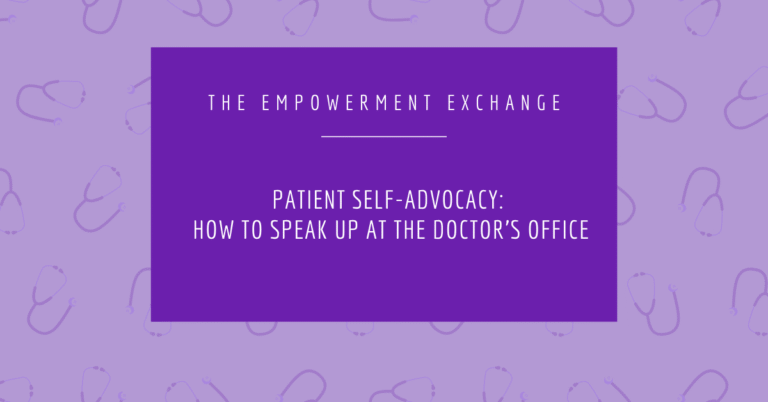
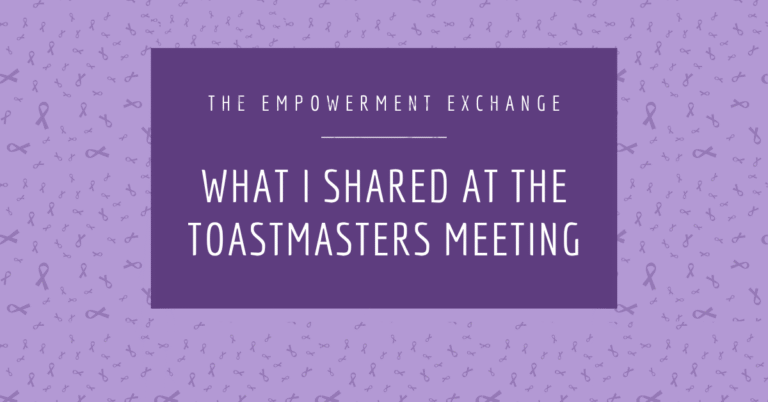
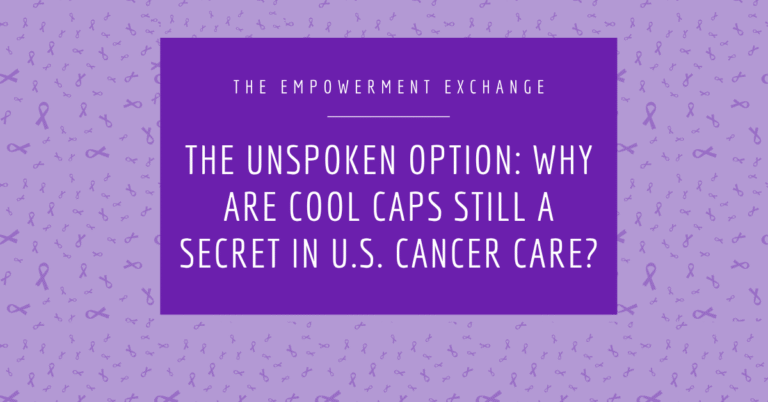
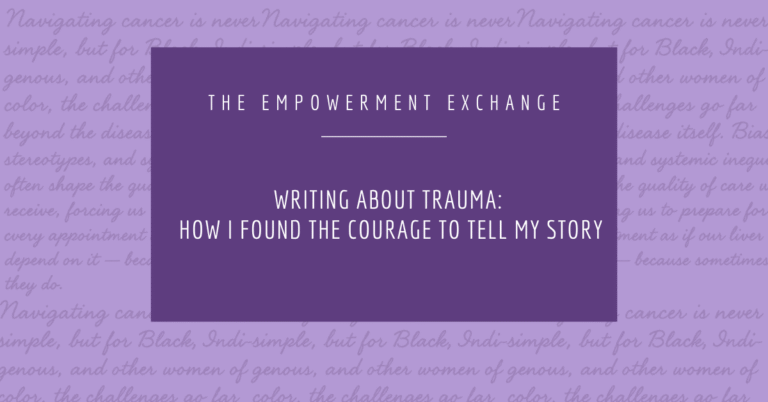
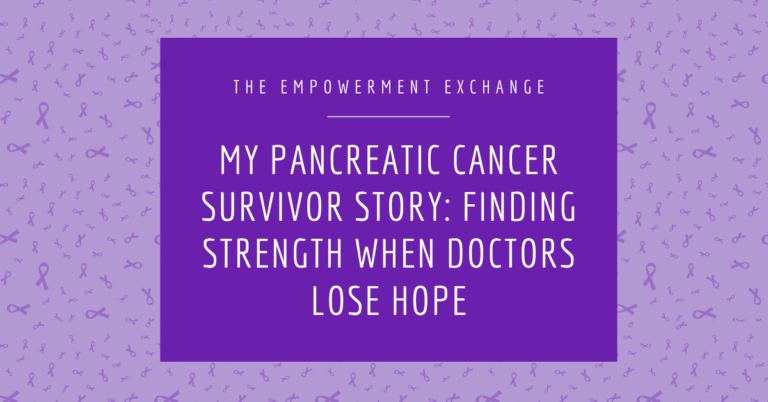
2 Comments